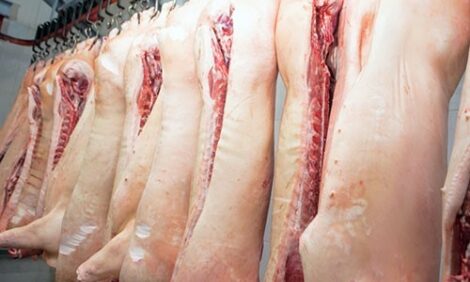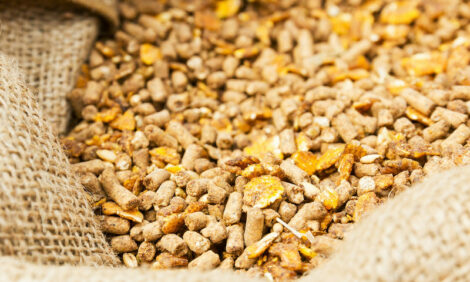



PEDV: Not If, But When for Canada
ANALYSIS - For several years, Porcine Epidemic Diarrhea virus (PEDv) has been a focus for Canadian veterinarians as they awaited its movement across the US-Canadian border."We have a very closely tied industry within Canada and the US, so we understood that it probably wasn't a question of if, but when it might make its move back into Canada," said George Charbonneau, practicing swine veterinarians with Southwest Ontario Veterinary Services. "We had some opportunity to increase our thinking and focus on what we were going to do from a surveillance point of view to pick high-risk areas and monitor those so we'd know when the disease actually made its way to Canada."
Surveillance was very successful at picking up the movement of the disease to Canada and after its arrival, Charbonneau said they put a lot of effort into keeping it off farms.
"Once it did get to a farm, we used diagnostics to quickly identify and confirm the problem that we were dealing with," he said. "We could focus on what the scour issues were. Then, of course, producers want to get back to normal as quickly as possible. Diagnostics are a key part of understanding how frequently the disease is occurring on the farm and where it's occurring on the farm."
In Canada's farrow-to-finish operations, they were able to "walk" the PED virus right out of a building, with some areas of the farm being negative and some still being positive and set up good internal biosecurity practices. Diagnostics helped producers understand where they were making progress.
Diagnostics Use On-farm
To determine how frequently the virus is showing up on-farm within the piglet population, swab samples are taken for a PCR test. When monitoring finishing sites, oral samples are often taken using rope.
"You can tell whether the barn has cleared the virus, so when the pigs are delivered to the plant, you're much less likely to spread the virus from one producer, who's dropping off pigs, to somebody who inadvertently picks the virus up from a loading dock," he said. "You can manage that whole process to make sure that you're limiting the spread of the virus within the population."









